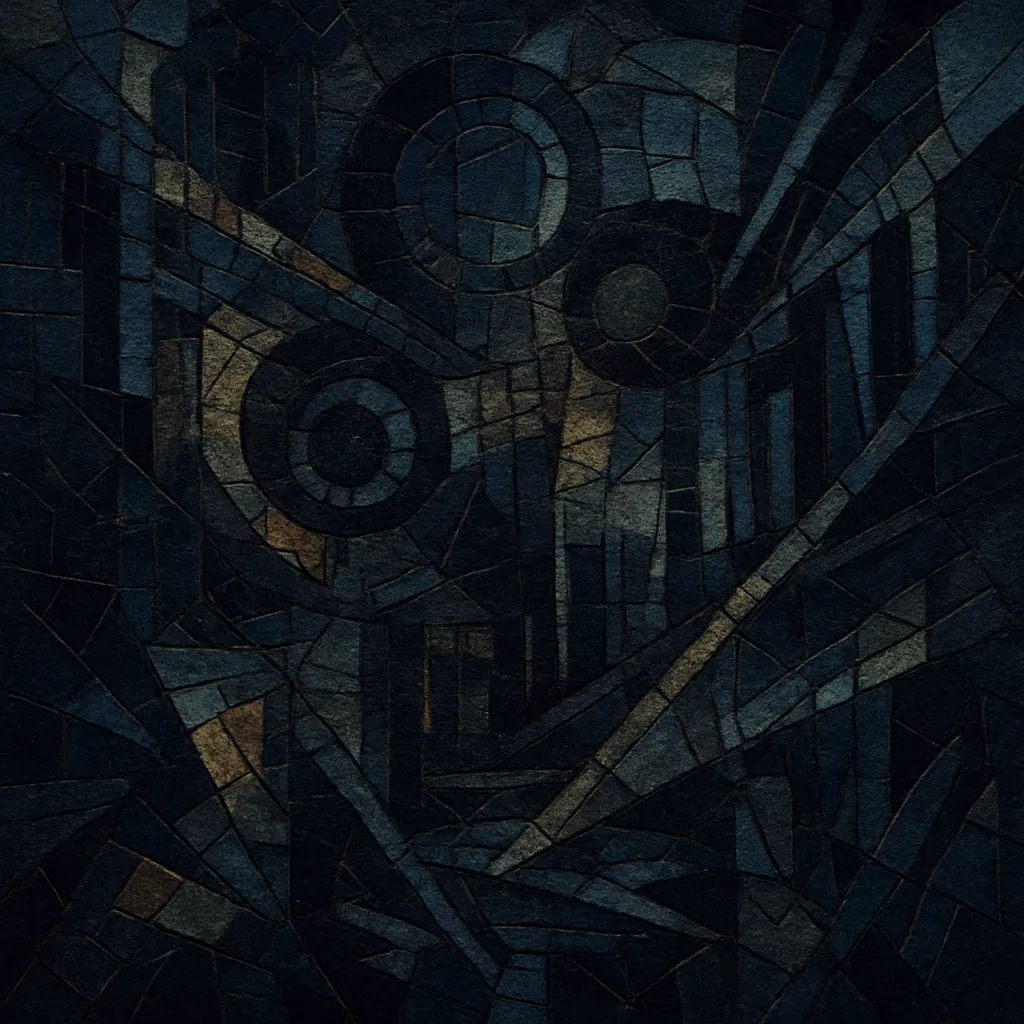Illbient is an experimental, sample-based offshoot of ambient and dub that emerged in mid‑1990s New York. Its name fuses hip‑hop slang “ill” (meaning striking, intense, or unsettling) with “ambient,” signaling music that is both atmospheric and disequilibrating.
Sonically, it layers heavy dub bass and echo with downtempo breakbeats, detuned drones, gritty field recordings, and noise textures. Rather than offering placid ambience, illbient evokes urban decay and nocturnal space—collaging fragments of speech, sirens, vinyl crackle, and industrial hum into sprawling, cinematic soundscapes. Hip‑hop’s sampling ethos, dub’s studio-as-instrument approach, and the spatial imagination of ambient guide the production, while dissonance, negative space, and slow, unstable grooves create a tense, dreamlike drift.
Illbient took shape in New York City in the mid‑1990s, with artists and DJs drawing on ambient, hip hop, dub, and industrial/noise practices. The term is widely associated with DJ Olive (of We), capturing an “ill” twist on ambient: darker, more disorienting, and rooted in the city’s sound collage culture.
Producers fused hip‑hop’s sample craftsmanship and dub’s heavy bass, delay, and reverb with bleak drones, granular noise, and field recordings. Parties and performance spaces in Manhattan and Brooklyn supported the scene, while labels such as WordSound provided an outlet for releases that blurred experimental hip hop, dubwise atmospherics, and abstract electronics.
Artists including We, DJ Olive, DJ Spooky, Spectre, Sub Dub/Badawi, and Byzar shaped the template: downtempo breakbeats, bass pressure, and widescreen spatial design framed by collaged environmental sound and spoken‑word shards. Collaborations and cross‑pollination with figures like Bill Laswell, as well as proximity to UK projects (e.g., Techno Animal) connected illbient to the broader 1990s “isolationist” and post‑industrial milieus.
As the 1990s waned, illbient’s name circulated less, but its methods—dubwise mixing, sample‑cinema ambience, and noirish urban textures—permeated experimental hip hop, dark ambient, and later micro‑scenes. Its DNA echoes in hauntology, witch house, and other shadowy, beat‑based styles that treat the studio as an instrument and atmosphere as a narrative tool.


